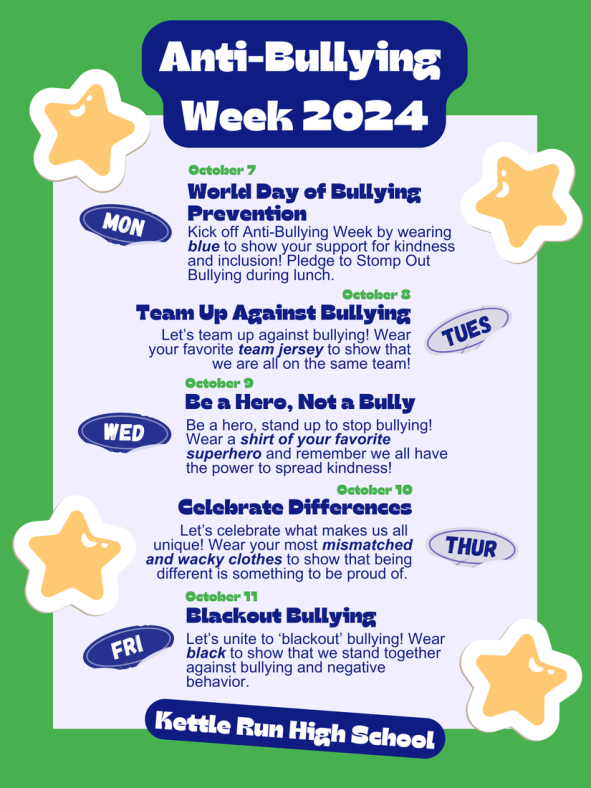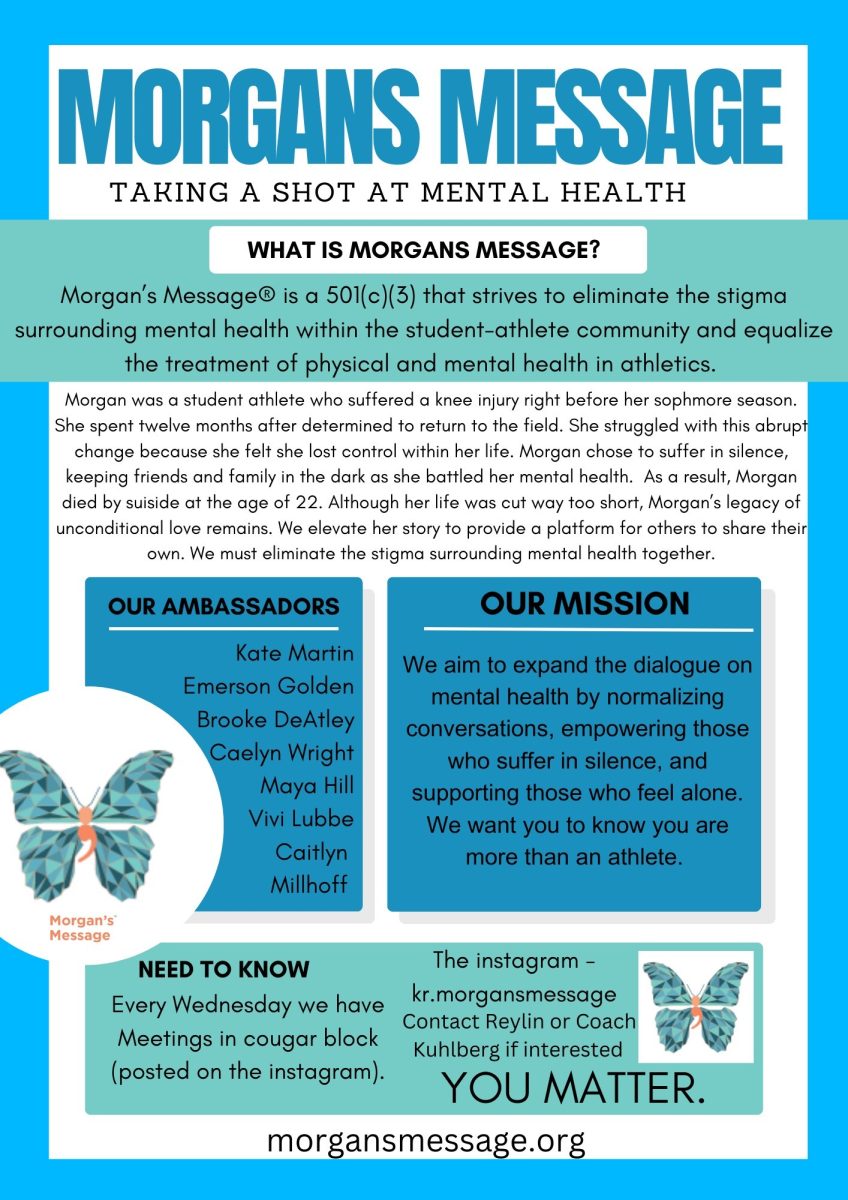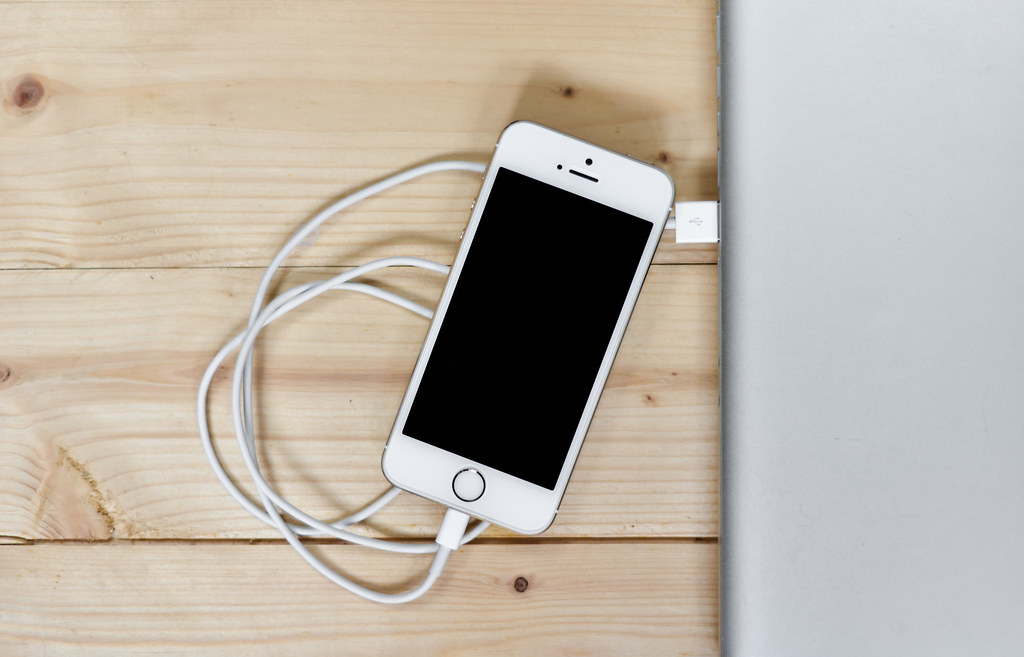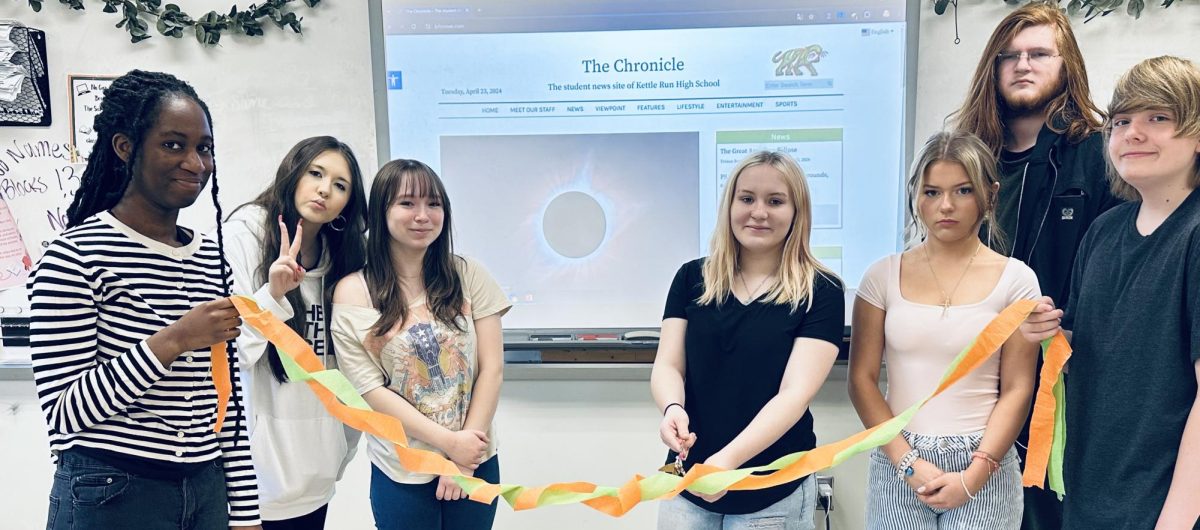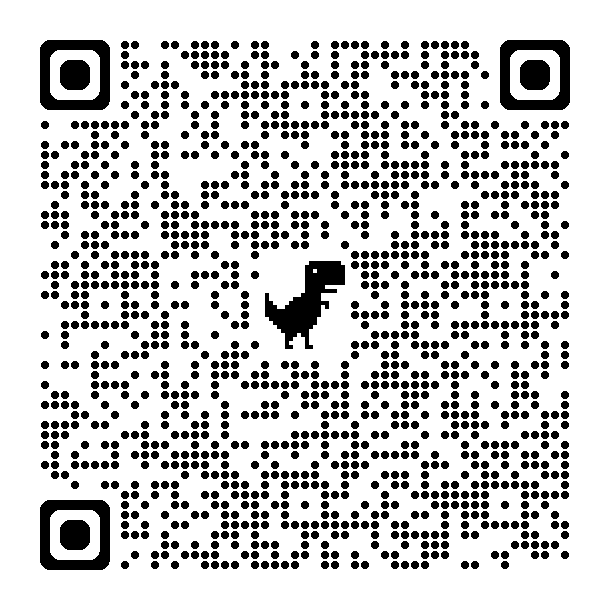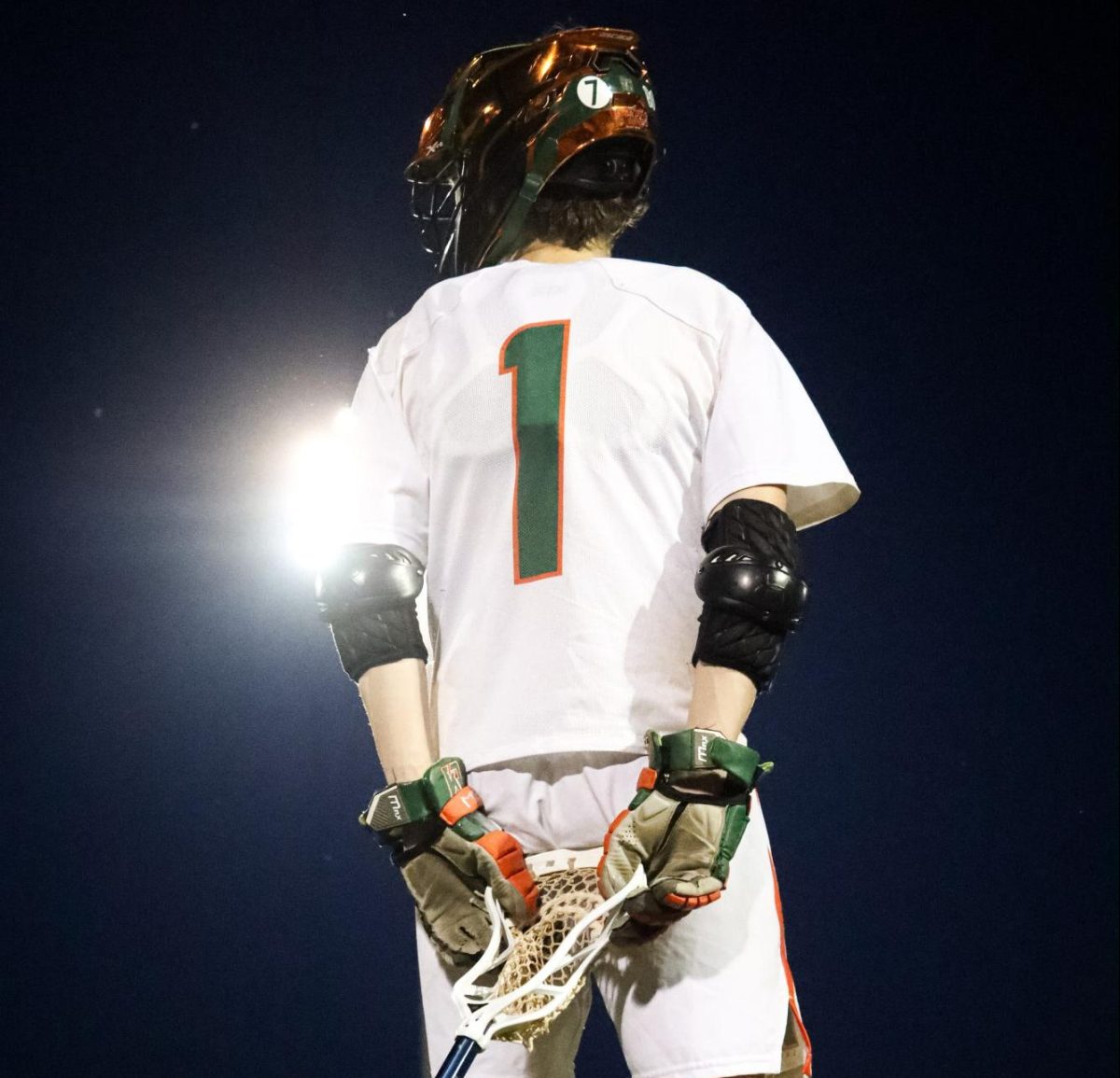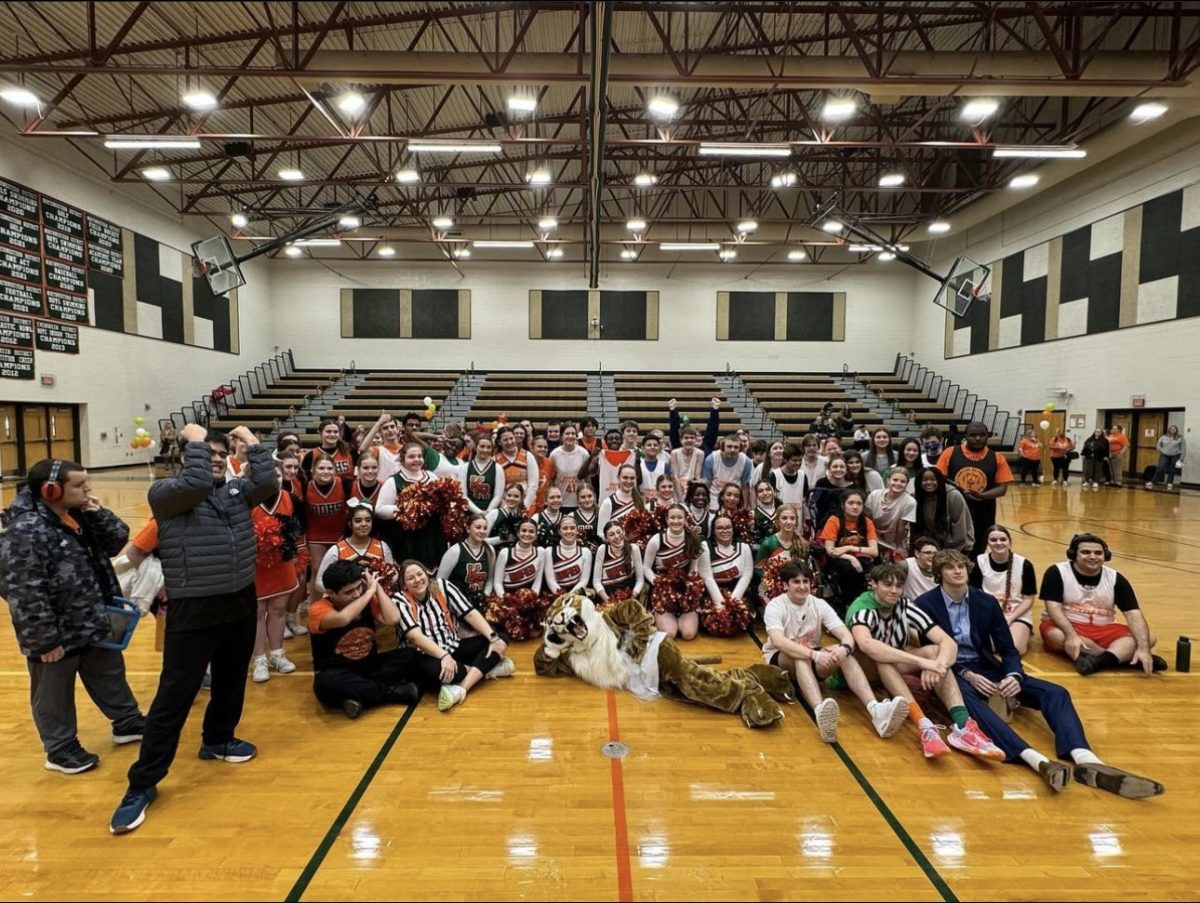The Cons of Web Filters in Schools
May 2, 2017
On average, high-school and college students check their phones somewhere between 75-80 times a day, according to a survey done by Time Magazine.
Whether it be to scroll through the latest posts on social media, send a quick text, or check on anything for school, nearly all of this things are made impossible after walking into school.
The restrictions placed on students personal devices (also known as BYOD or Bring Your Own Device) as well as school computers are a disadvantage to the learning environment.
Seventy-one percent of teenagers responded to a poll done by the Huffington Post saying that they actively use more than one form of social media, this is including Facebook, Instagram, Snapchat, Twitter, and Tumblr. This is a crucial fact statistic when noting that because of the widespread participation in the virtual world is in turn increasing the collaboration between classmates. The ability to get in touch with nearly every one of their classmates, with the click of a button, is a gift from modern technology.
By interfering with the way students use their personal electronic devices, administration is unknowingly limiting the broad abilities to further their education to students based in social networking sites.
Additionally, in classes like journalism and photojournalism, where photos are constantly needed in order to include students’ lives into those publications, social media is a crucial asset. By blocking social media platforms, these students are at a disadvantage and are ultimately required to resort to other means of finding pictures to feature.
At the high school level, teenagers are always going to find a way to beat the system. By blocking access to social media apps, students are only going to end up spending more time on their phones in class trying to figure out how to get around the restrictions, therefore, hindering their education and the education of their peers. In addition to this, by scouring the internet to find any possible way to outsmart administration, students are potentially downloading harmful viruses that could put them at risk.
Whether or not students so-called claims to the interferences are “violations of rights” are or aren’t backed by facts, the decision is ultimately up to administration. Knowing how teenagers are and how obsessed they are with their phones and social media feeds, the filters to apps and web searches are probably not going to stop students. Instead, they might just be a pesky annoyance and the reason why they end up downloading a virus onto their smartphone.

